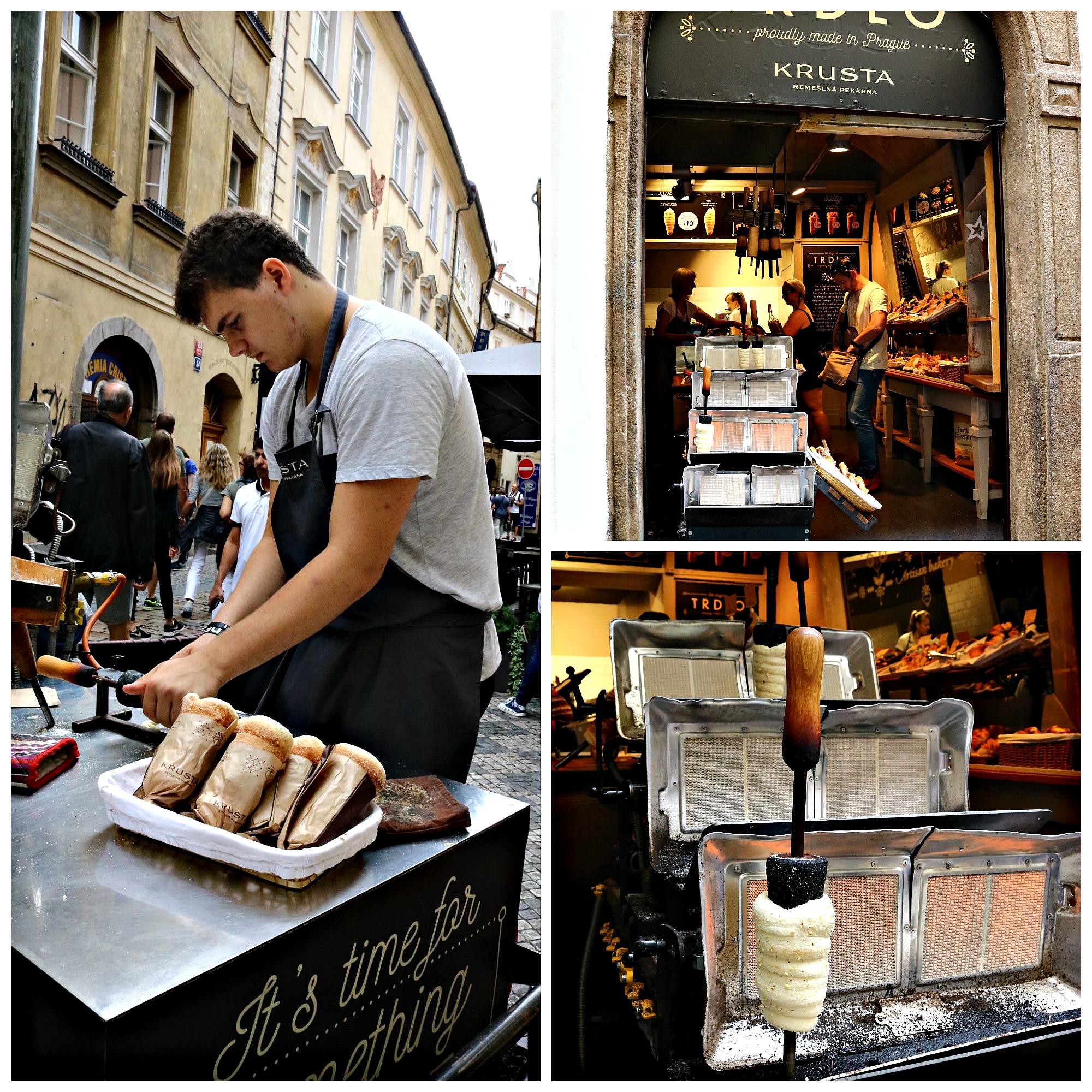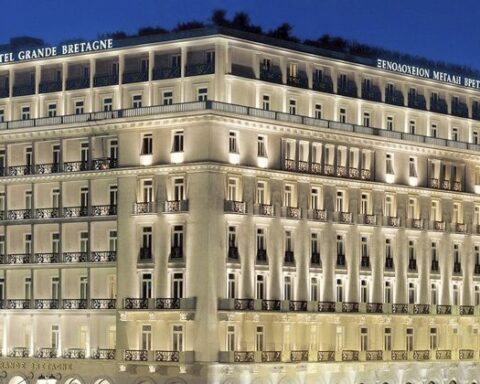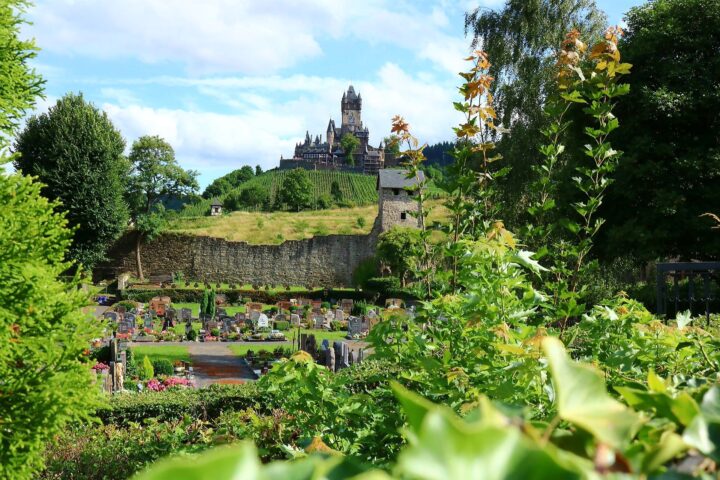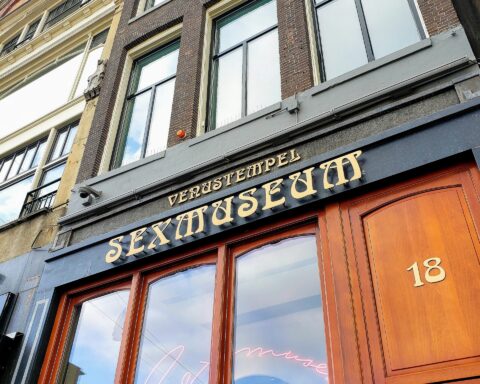Roughly pronounced as ‘treh-DEL-neek’, the sweet pastry has quite a storied past. As with most foods, its history is part of its appeal.
The Charles Bridge. The Astronomical Clock. The Kafka House. All of these landmarks have given Prague enough enduring fame to last a lifetime, but ask any Czech what the city’s real draw is and you might be surprised to find out it’s not a landmark at all. It’s food–more specifically, a traditional dessert called trdelník. (Trust me, it’s just as fun to say as to eat.) The dessert is classified as a spit cake which means it is cooked on an cylindrical cone and roasted over a fire or charcoal known as a trdlo. Walk through almost any street in Prague and you’ll stumble upon a stand, also known as a trdlo, selling a variety of trdelník.
Roughly pronounced as ‘treh-DEL-neek’, the sweet pastry has quite a storied past. As with most foods, its history is part of its appeal. Some Czechs argue that trdelník is not a traditional food but culinary historians point to a manuscript found in Heidelberg, Germany which is thought to be the first known record of baking cakes on spits over cinders dating back to medieval times (around 1450). The description mentions a strip of raised dough that has to be wound in a helix shape around a baking spit, and brushed with egg yolk before baking. Similar recipes have been found in 18th century cookbooks from Transylvania and Hungary. Today, a family of helical-shaped pastries can be found throughout Europe, with a significant presence in Hungary, Romania, Lithuania and, of course, Czech Republic.
In Prague, I visited many trdlo–in the name of research, naturally–and found an array of trdelník that included chocolate-lined, ice cream-filled, nut-studded varieties. Some were cooked in simple open-air stalls while others were roasted in upscale pastry shops; you can actually hear trdelník being cooked thanks to a sprinkling of sugar before roasting. As the spit rotates, the carmelization of the sugar makes a crackling noise and gives the dessert its signature crispiness. Watching people walk around with the sweet treats that ranged from miniscule to large enough to hold several scoops of ice cream gave Prague’s historical streets the feeling of a festive state fair. It’s hard to not smile when tucking into the equivalent of an oversized cannoli.
Prague, like most European bloc cities, may be known for its meat-and-potatoes cuisine but no visit (or meal) is complete without a trdelník. If you’re looking to recreate the magic of spit cakes at home and lack the traditional tools of, say, a Czech street baker, they are fairly easy to bake. I love this recipe.












